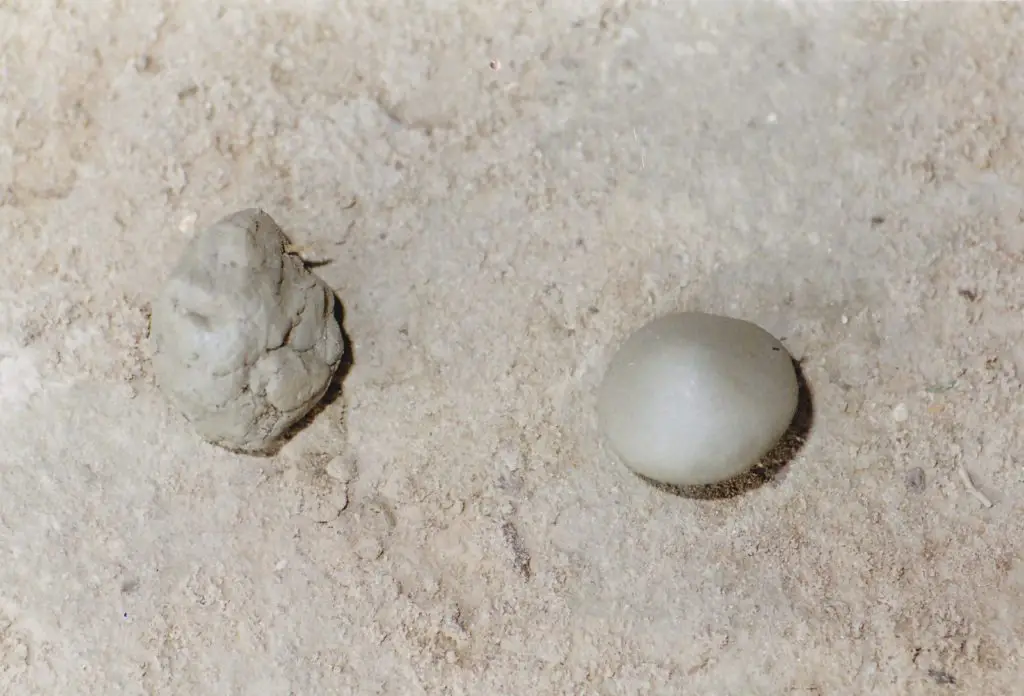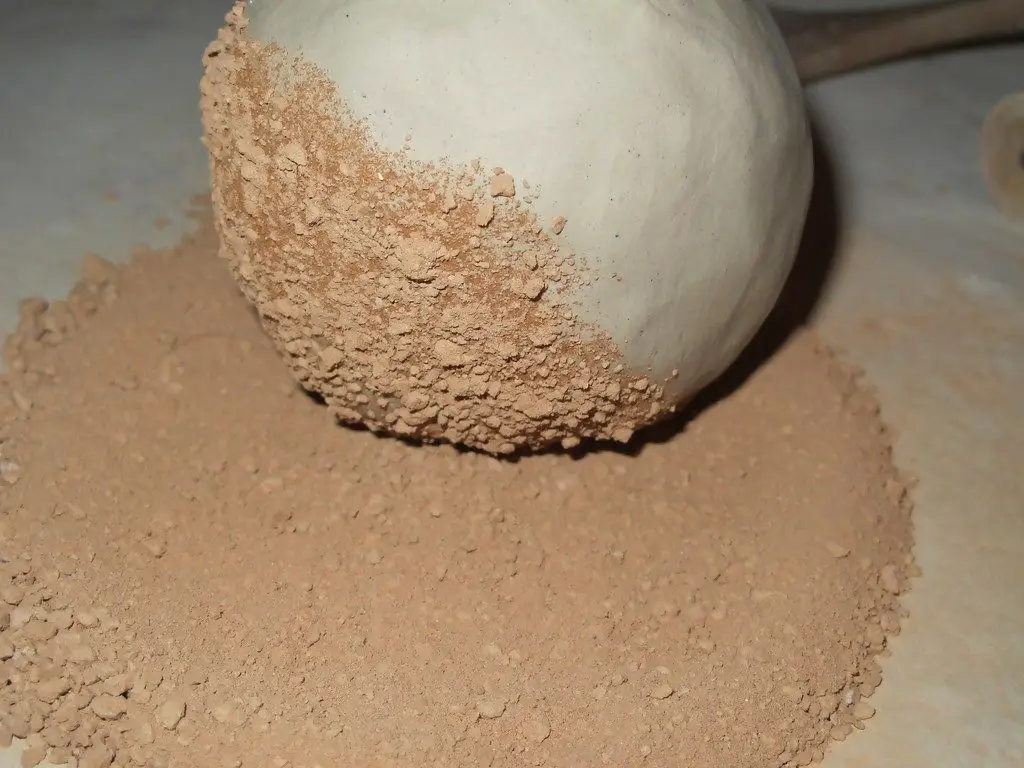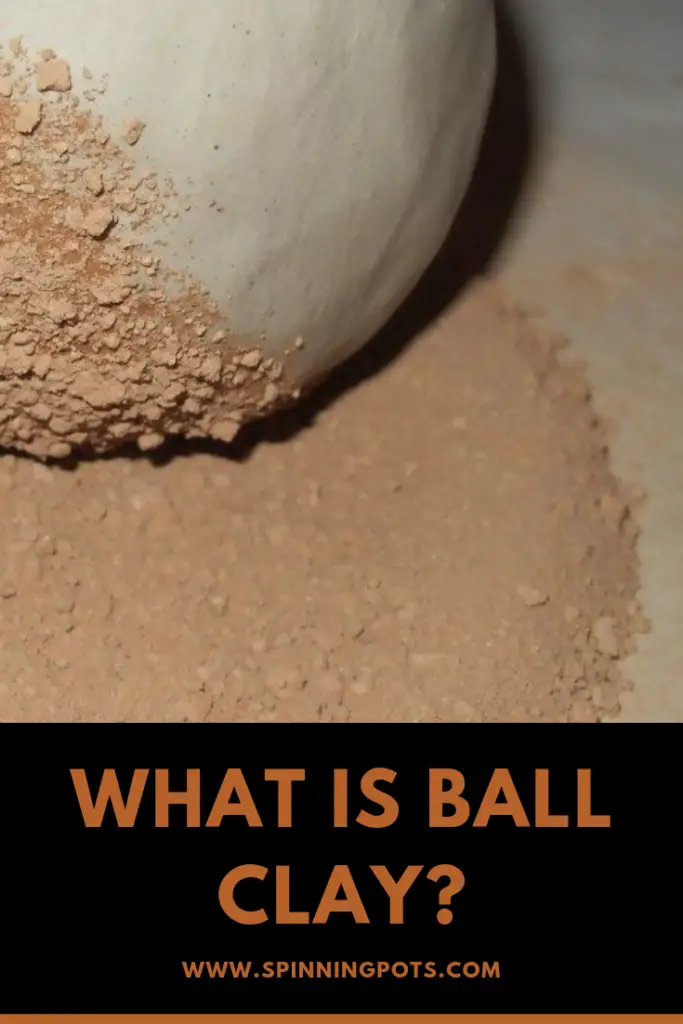You might’ve heard about this type of clay before. It’s a very interesting type of clay that has a lot of great uses.
If you’ve been wondering what is ball clay, you’ve come to the right place. In this, we’ll discuss what it is, along with the uses of this type of clay in terms of ceramics and general pottery and uses.

What is Ball clay?
Ball clay is a very rare mineral that’s found in a few places around the world, and it dates all the way back to the early methods of mining.
It has some interesting characteristics to it:
- When the corners were knocked via storage and handling the cubes would become “ball” shaped
- It is made with kaolinite for the most part, and it can contain up to 25% mica
- It also can include quartz
- It also has carbonaceous material derived from ancient plants
Ball clay is often confused with china clays, but ball clay is actually rarer in the world.
Where is it Found?
There are two places where ball clay is mostly found, and these two major deposits are as follows:
- Devon
- Dorset
The ball clays from these deposits have been used since the 18th century by many potters, and since then, it’s been shipped to over 80 different places around the world.
The consistency of Ball clay
Ball clay consists of small amounts of mica, quartz, and kaolinite but they’re fine particles That’s because it allows for the following:
- The particles to stick together
- The ability for the particles to be shaped when damp
- They are also fluid
- They can be good for casting large ceramic pieces
- A large amount of kaolin means it fires hard in the kiln
- They are more plastic than the china clay version, and china clay tends to be smoother
So ball clay is used a lot in the white pottery that we tend to see, and it can help with building wonderful porcelain objects.
The Process of Mining Ball Clay
Ball clay has a very cool extraction process, which includes the following:
- It is extracted with backhoe excavators
- This “benches” into the quarry to access different seams of clay
- The raw clay selections are from there blended according to recipes to give a predictable range of behavior and characteristics
- They are from there blended into lumps the size of the golf balls you typically see
- It’s then sold in the shredded form mostly
- Some may process these further by drying and grinding to give plastic clays and ceramics
- These also can be refined and “noodled” by being slurried in this form
- Typically, they’re sold in the dried form and usually aren’t powdered, but they can be
This type of production has been around for at least the last 100 or so years, and it’s a great way to bring forth wonderful and useful ceramic pieces that others can enjoy.
Ball Clay in Ceramics
Ball clay is actually used in a lot of porcelain that you see, due to the fact that it fires white, and it is very strong. Some of the cool things you can fire with ball clay include the following:
- Ceramic manufacturing kaolin
- Toilet bowls
- Vases
- Jars
- Different porcelain ware
- Most other sanitary-ware
- Tableware
- Floor Tiles
- Kiln furniture
- building Bricks
- Sealants
The use of this varies from each product, but this whiteware and kaolin are often mixed together in order to create a flux. Ball clay is a big part of porcelain since it can help with keeping everything together.
We’ll dive further into the benefits of ball clay, but ball clay is used in almost every type of ceramic materials, and because it’s a big demand, the sales of this being exported around the globe are increasing, and it’s a major product of the UK.
Benefits of Ball Clay
Ball clay has a lot of great benefits, especially in ceramics. Some of the benefits of ball clay in ceramics include the following:
- Improves the plasticity of other clay
- Improves the workability of porcelain objects
- Allows for it to be strong even in the pre-fired state
- It can make the body safer to form and handle
- It also is very good at being fluid and casting, which is great for slipcasting of different sanitary- ware
- It even comes in a variety of different colors
- It fires white for the most part, but this can vary due to the oxides within the body
- It can be used with englobes and glazes in order to bring better finishes
So yes, ball clay is really good for your porcelain ware. The one downside to this is that it tends to be more expensive than other types of clay due to the fact that it is not as common as china clays, is only available in certain parts of the UK.
It also can be used in refractory clays due to the fact that has a couple of different factors:
- Fires extremely high
- Can resist the effects of high firing that other clays can’t
It is good for a lot of different porcelain and other products, and it can be used to further benefit the production of this type of porcelain, especially if you want something that holds up well.

And there you have it, you now know what is ball clay. It’s a great product for those looking to take their ceramics to the next level, especially since there is a lot of great properties to this.
This is a more advanced type of clay to work with due to the high firing properties of this, so you should definitely keep that in mind when you’re determining what you should do with the clay and any of the other future projects that you might have with this.








